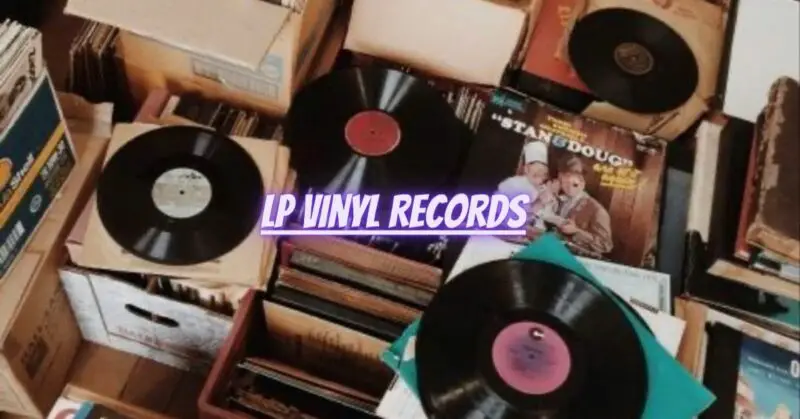The LP vinyl, also known as the long-playing record, has become an iconic symbol of the music industry. With its larger size, extended playing time, and superior sound quality, the LP vinyl has left an indelible mark on music culture. In this article, we will delve into the world of LP vinyl records, exploring their history, characteristics, and enduring appeal among music enthusiasts.
- The Birth of the LP Vinyl: The LP vinyl format was introduced by Columbia Records in 1948 as a significant improvement over previous record formats. LPs were made from vinyl, a durable and flexible material that offered enhanced sound quality and extended playing time. The LP’s rotational speed of 33 1/3 revolutions per minute (RPM) allowed for longer playing durations and facilitated the inclusion of multiple tracks on each side.
- Superior Sound Quality: LP vinyl records revolutionized the music listening experience by offering a higher fidelity sound compared to earlier formats. The wider grooves and slower rotational speed of LPs allowed for greater dynamic range and frequency response, resulting in a warmer, more immersive sound reproduction. Audiophiles and music enthusiasts embraced the LP vinyl for its ability to convey the nuances and depth of musical performances.
- Album Experience and Artistic Expression: The LP vinyl format enabled artists and musicians to craft cohesive and immersive album experiences. With extended playing times, LPs provided artists the opportunity to create concept albums, thematic works, and intricate musical journeys. The larger album artwork and expanded liner notes allowed for more extensive artistic expression, enhancing the connection between the music and the listener.
- Vinyl Resurgence and Collector Culture: While the popularity of LPs diminished during the digital era, the last two decades have witnessed a significant resurgence in vinyl records. Collectors and music enthusiasts have re-embraced the LP vinyl, appreciating its tangibility, album artwork, and the ritualistic experience of playing a physical record. The vinyl revival has led to increased production, an expanding market, and the emergence of record stores, vinyl-focused events, and vibrant collector communities.
- Vinyl’s Cultural Impact and Nostalgic Appeal: LP vinyl records have transcended their status as a medium for music playback, becoming cultural artifacts that evoke nostalgia and sentimental value. The crackling sound, physical interaction, and the act of flipping records evoke a sense of connection to the past and a deeper engagement with the music. LP vinyl records carry a timeless charm that resonates with listeners across generations.
- LP Vinyl Care and Maintenance: To preserve the longevity and sound quality of LP vinyl records, proper care and maintenance are essential. Handling records by the edges, storing them vertically in clean and protective sleeves, and regularly cleaning the records using appropriate methods are crucial for maintaining their pristine condition.
Conclusion: The LP vinyl has etched its place in music history as a cherished medium for musical immersion and artistic expression. From its introduction in 1948 to its enduring popularity today, the LP vinyl continues to captivate music enthusiasts with its superior sound quality, immersive album experiences, and cultural significance. The vinyl revival and collector culture further attest to the LP vinyl’s enduring appeal and its ability to evoke emotions, create connections, and provide a tangible connection to the music. As technology evolves, the LP vinyl remains a symbol of authenticity, artistry, and the enduring power of physical music formats.


